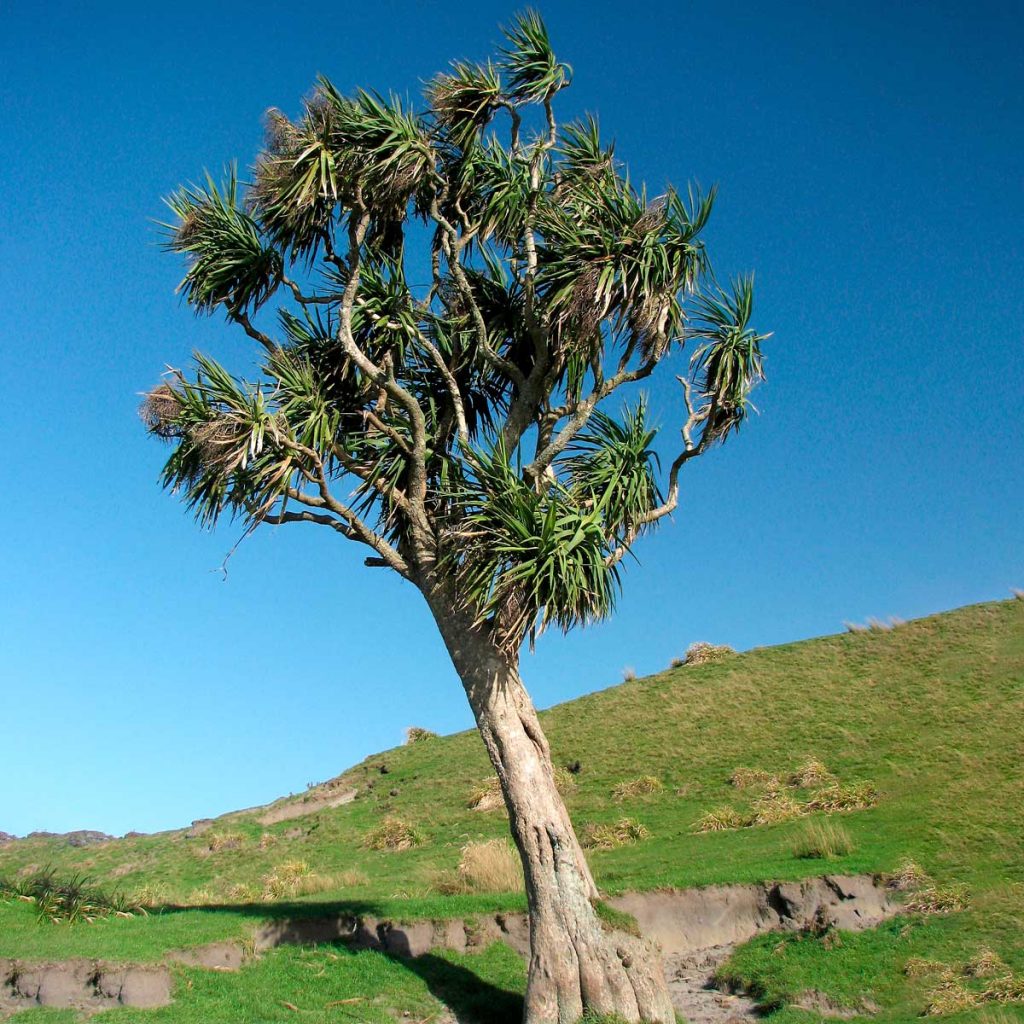
Wetlands / Cabbage Tree
Information for Juniors
Cabbage Tree
- The Cabbage tree or Cabbage Palm is found in NZ and overseas in a mild climate where Palm trees thrive
- Found throughout NZ below 600m in swampy wetlands
- The average age is around 100 years but some are aged over 400 years
- Small to medium sized tree averaging 15m with an average trunk diameter of 1.5m
Bark & Foliage
- The bark is grey in colour, corky, thick and rough
- The leaves are thick and tough and get crowded near the stem because the old leaves persist as a skirt to the younger leaves
- The trunk is mostly unbranched and straight but the crown is crowded and abundant with white flower heads in spring
Flowers and Fruit:
- Flowers are white sweetly perfumed and pollinated by insects, mainly bees
- The fruit are like white berries, slightly blue and speckled containing black seeds
- Flowering occurs in late spring and early summer, fruiting in late summer
Interesting Facts
- The white fruit is a favourite for the wood pigeon and other native birds
- The Maori use the sword like leaves in the same way as they use the flax leaves for textiles, ropes, fishing lines, baskets and cloaks. It is a hardy fast growing tree providing an interesting different look from much of the NZ bush


Information for Junior Secondary
Cabbage Tree
- The Cabbage tree or Cabbage Palm is found in NZ and overseas in a mild climate where Palm trees thrive
- Found throughout NZ below 600m in swampy wetlands.
- The average age is around 100 years but some are aged over 400 years
- Small to medium sized tree averaging 15m with an average trunk diameter of 1.5m
Bark & Foliage
- The bark is grey in colour, corky, thick and rough
- The leaves are thick and tough and get crowded near the stem because the old leaves persist as a skirt to the younger leaves
- The trunk is mostly unbranched and straight but the crown is crowded and abundant with white flower heads in spring
Flowers and Fruit:
- Flowers are white sweetly perfumed and pollinated by insects, mainly bees
- The fruit are like white berries, slightly blue and speckled containing black seeds
- Flowering occurs in late spring and early summer, fruiting in late summer
Interesting Facts
- The white fruit is a favourite for the wood pigeon and other native birds
- The Maori use the sword like leaves in the same way as they use the flax leaves for textiles, ropes, fishing lines, baskets and cloaks. It is a hardy fast growing tree providing an interesting different look from much of the NZ bush


Information for Seniors
Cabbage Tree
- The Cabbage tree or Cabbage Palm is found in NZ and overseas in a mild climate where Palm trees thrive
- Found throughout NZ below 600m in swampy wetlands
- The average age is around 100 years but some are aged over 400 years
- Small to medium sized tree averaging 15m with an average trunk diameter of 1.5m
Bark & Foliage
- The bark is grey in colour, corky, thick and rough
- The leaves are thick and tough and get crowded near the stem because the old leaves persist as a skirt to the younger leaves
- The trunk is mostly unbranched and straight but the crown is crowded and abundant with white flower heads in spring
Flowers and Fruit:
- Flowers are white sweetly perfumed and pollinated by insects, mainly bees
- The fruit are like white berries, slightly blue and speckled containing black seeds
- Flowering occurs in late spring and early summer, fruiting in late summer
Interesting Facts
- The white fruit is a favourite for the wood pigeon and other native birds
- The Maori use the sword like leaves in the same way as they use the flax leaves for textiles, ropes, fishing lines, baskets and cloaks. It is a hardy fast growing tree providing an interesting different look from much of the NZ bush


